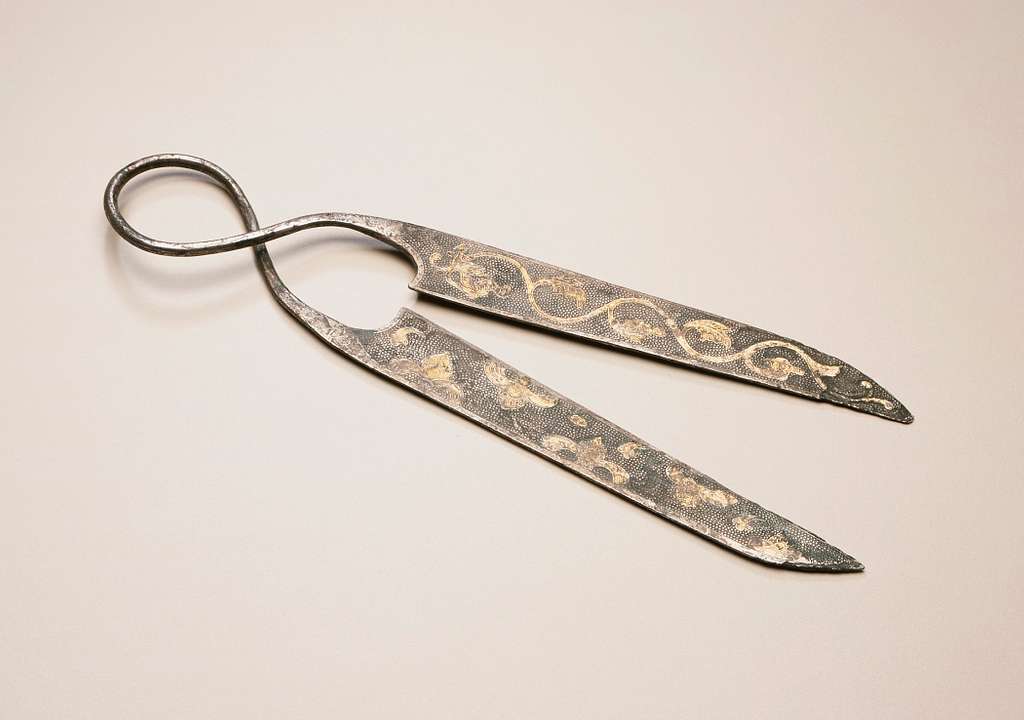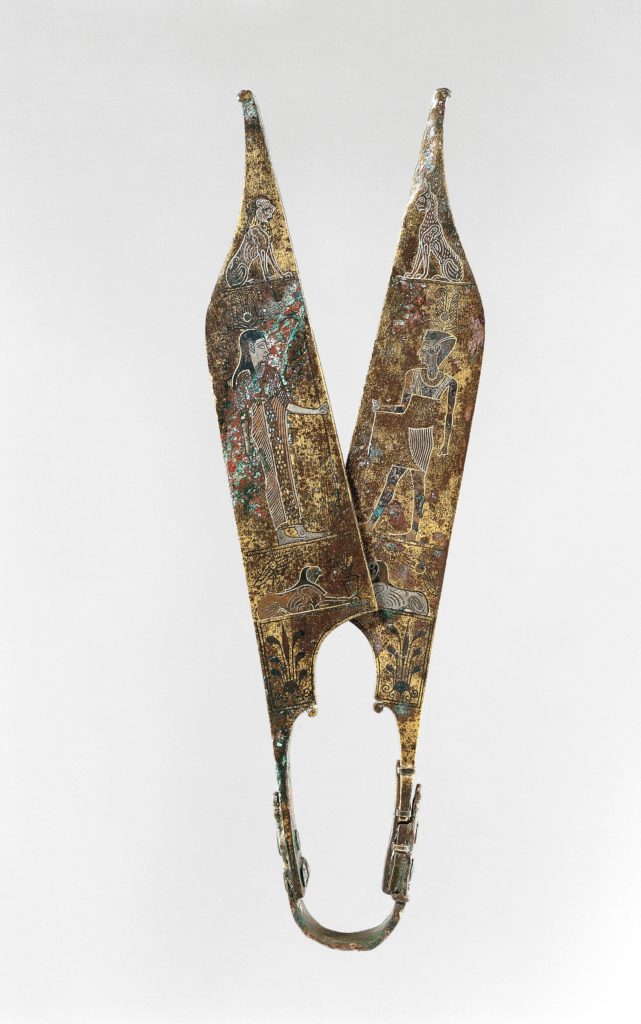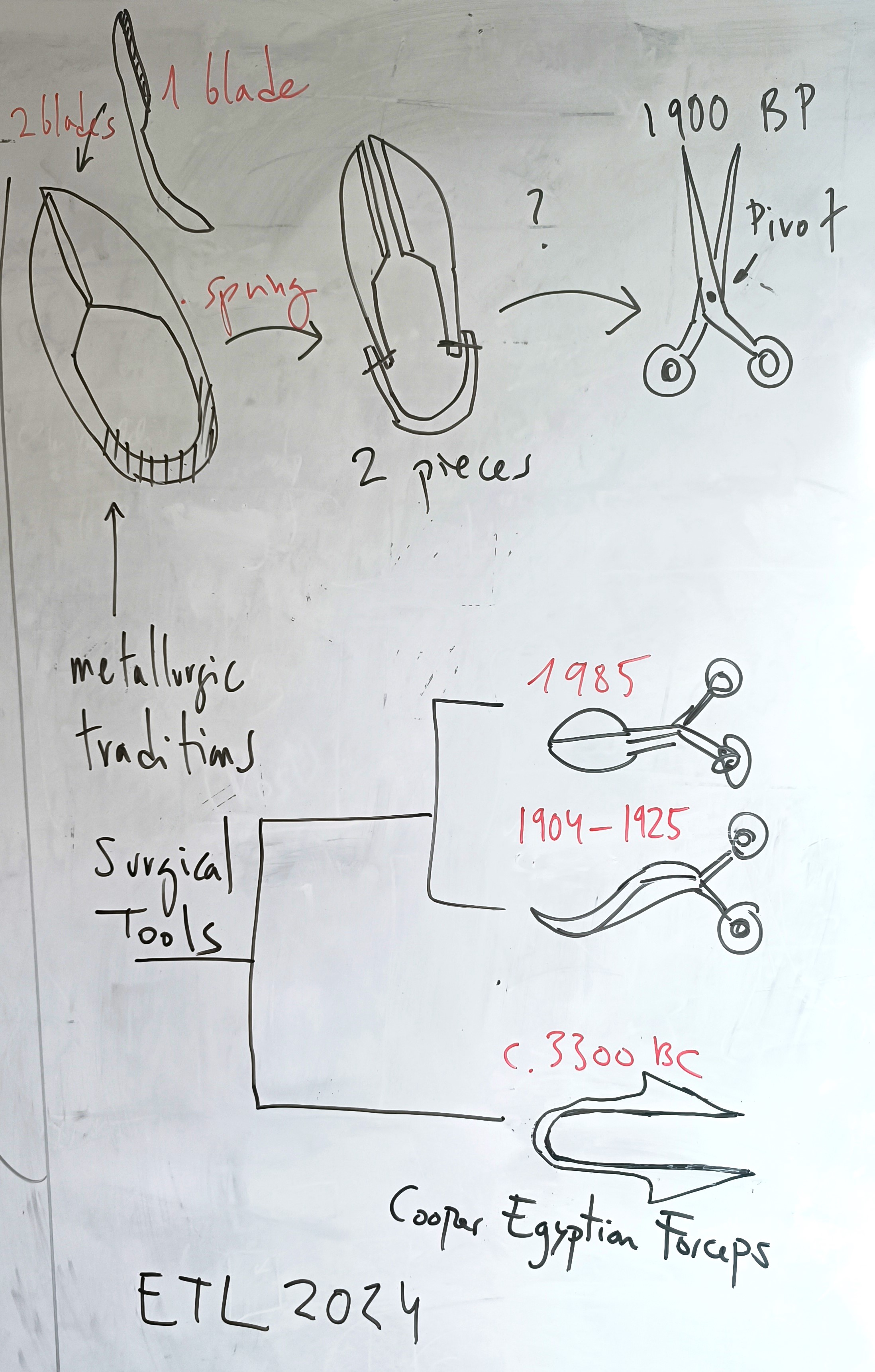Scissors Evolve Too: Cultural Evolution on Darwin Day
When talking of evolution, we often think of living beings, but our tools have also changed throughout history. That's the case with scissors, an invention that has served different societies worldwide throughout human evolution and whose current design differs greatly from its beginnings.

Their origins are uncertain because, although no such ancient fossil remains have been found, this tool is already mentioned in various texts from ancient Mesopotamia, circa 1000 BC. They also have a special role in Greek mythology, as the Moirai or Fates used them to cut the thread of life. However, the earliest scissors found in the Middle East date back only 3,000 years. They were made of bronze and are known as "spring scissors" or shears because they consisted of two blades connected to the handles by a thin curve of bronze that served to squeeze and separate them when released.
This model was used in Rome, China, Japan, Korea, and Egypt, but it presented a variety of materials and forms in different cultures, which did not always result in a better design. Blai Vidiella and Sergi Valverde, researchers at the IBE in the Evolution of Networks group studying the cultural evolution of humanity, talk about it.

Sergi Valverde y Blai Vidiella, researchers at IBE.
"The origin of scissors is very difficult to place, there are many jumps and temporal gaps between one model and another. However, we know that they were a common tool for the Romans and that their evolution was closely linked to the culture of metalworking.
The piece that acted as a spring was made of soft and flexible iron. The cutting blades, on the other hand, had to be strong. For the Romans, producing both types of iron was possible, but merging them into a single piece would pose many technical difficulties," explains Sergi Valverde, principal investigator at the IBE, who led the study on the cultural evolutionary theory.
This study proposes a mathematical model to understand the impact of innovation on culture and society by observing three key factors: social learning, that is, our natural tendency to imitate others, the degree of individual access we have to truthful information about the invention or degree of transparency, and the size of the population. According to the model, scissors could have had a slow and parallel evolution in different territories.
"The technical difficulties involved in joining both metals (hard and flexible) may have delayed the spread of spring scissors. They probably had a high level of transparency, as their utility would be easily appreciated, which would have facilitated the integration of this tool into society. However, they would be difficult to imitate outside the Roman Empire, and imitation is vital for an invention to thrive.
Each territory applied variations according to its culture, but these did not necessarily improve the "fitness" or efficiency of scissors, but were given by the availability of metals and by their traditional way of working them." Valverde adds.

Turkish Shears, Bronze.
In early Han Dynasty China, a period close to the Roman Empire, spring scissors were made from a single piece of iron.
"The quality of the metal and its way of working allowed for a different design in China, which was stronger than the Roman one, although its blades were less sharp." Points out Blai Vidiella, postdoctoral researcher at the IBE and first author of the study on the cultural evolution theory. The next model incorporated metal pieces to join both cutting blades and the handle acting as a spring, eliminating the technical difficulty of merging both metals.
"A large population, on the other hand, can promote innovations, while unifying tendencies can hinder them. If there were improvements in the Roman design, for example, they could go unnoticed due to a large but culturally unified population," Vidiella adds.

Meanwhile, spring scissors were also found in Egypt dated around 3300 BC, which could have served as surgical instruments to doctors of the time. A new design with curved shapes also appeared between 1905 and 1925 that could have been used for surgery. However, the model we know today first appeared in Rome around the year 100, with a pivotal design of two crossed blades that facilitates their manipulation, but still differed greatly from the scissors we use.
"The problem with the pivotal design of the Romans is that it still had to be sharpened because the metal did not allow for anything else. However, with the arrival of the Industrial Revolution and stainless steel, the current model of pivotal scissors is obtained. In addition, the ideal conditions of imitation and transparency are given for the model to be definitively established." Vidiella concludes.
Continue reading about the cultural evolutionary theory.
